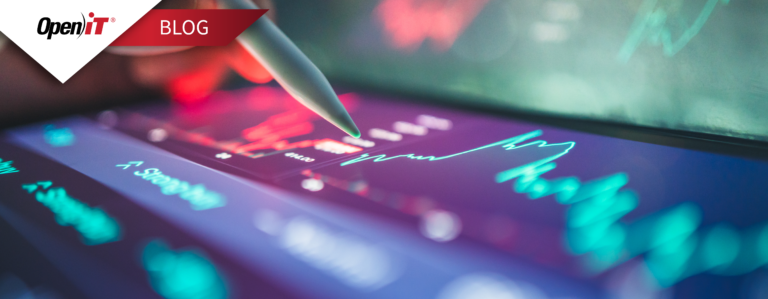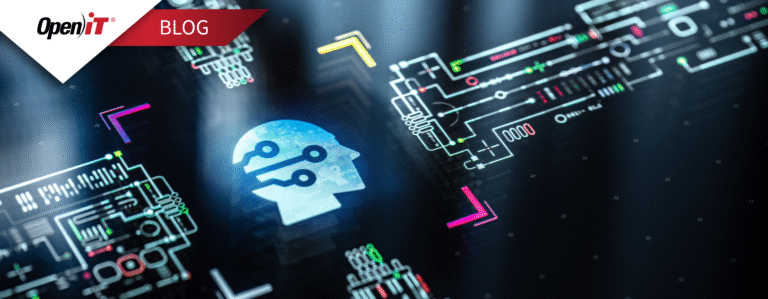Continuous access to engineering and design applications such as MATLAB, Ansys, or AutoCAD often dictates whether projects advance efficiently or encounter costly delays. Yet without effective software license tracking, licenses remain finite, expensive, and frequently tied up in ways that reduce overall availability.
A significant factor is camping and hoarding behavior, where users hold onto licenses longer than necessary or reserve more than they actively consume. These practices are not driven by misuse or negligence but by engineers, designers, and analysts aiming to safeguard productivity. Still, the effect is the same: distorted demand signals, restricted access for colleagues, and procurement decisions based on inflated requirements.
The remedy lies in visibility. Software license tracking tools deliver the data-driven insight needed to uncover true usage patterns, eliminate inefficiencies, and ensure licenses are allocated where they create the most value.
CONNECT: Turn Hidden License Habits into Measurable Savings
How License Camping, Hoarding Impede Availability
Let’s break it down.
- License Camping
Picture an engineer starting their day by launching a heavy-duty simulation tool “just in case” they’ll need it later. The application stays open all day, even when they’re in meetings or running other tasks. That license is locked, even if no real work is happening.
- License Hoarding
Or take the project team facing a looming deadline. They reserve more licenses than they’ll realistically use, because nobody wants to be caught without access at the worst moment. The result? Half the reserved licenses sit idle, while another department can’t get the access they need.
From a business perspective, both behaviors look the same: artificial scarcity. To IT, it feels like there aren’t enough licenses, when, in reality, the problem is poor allocation. This is where license usage tracking proves its worth.

Open iT On-Demand Webinar
Five (5) Signs You Have a License Hoarder on Your Team
The 3 Roles of Software License Tracking
Modern software asset management solutions offers license tracking capabilities that don’t just count logins or concurrent checkouts. They provide the technical depth needed to understand usage patterns at a granular level. Metrics include:
- User identity and department
- Session start and end times
- Total duration of use
- Active vs. idle time
- Denials during peak demand
With this data, IT can separate genuine demand from inefficiency. That distinction changes everything.
1. Identifying Idle Sessions in Real-Time
Idle sessions are no longer invisible. Software license tracking can flag licenses that have been open for hours without activity, and advanced systems can automatically harvest them. The effect is immediate: no more blocked engineers waiting for a license that’s “in use” but untouched.
For deeper insight, see LicenseAnalyzer Level 2: Accountability Through True Active Usage.
2. Spotting Over-Reservation
License usage analytics reveal when teams consistently over-request compared to actual consumption. With facts on the table, IT can adjust policies—like setting reservation time limits or implementing fair-use quotas.
3. Smarter Procurement Decisions
Once camping and hoarding are accounted for, the true demand curve becomes visible. Procurement can finally move beyond guesswork and rely on data-driven baselines. Do you really need more licenses, or just better allocation? With software license tracking tools, the answer is clear.
Turning Data into Action
Data only matters if it drives change. With software license tracking, organizations can enforce policies that directly address misuse:
- Idle License Harvesting: Reclaims licenses after inactivity.
- Fair-Use Policies: Ensures licenses aren’t monopolized by a few.
- Usage Quotas: Sets caps per user or team.
- Borrowing Controls: Prevents licenses from being checked out indefinitely.
These strategies not only free up capacity but also build a culture of shared responsibility around software resources.
The Business Value
When engineers and analysts get timely access to the software they need, everything flows more smoothly. With effective software license tracking, organizations achieve:
- Higher Availability: No more waiting in line for a license that’s sitting idle.
- Lower Costs: No need to overspend on extra licenses that will end up underutilized.
- Accurate Forecasting: License usage analytics provide hard numbers for contract renewals and vendor negotiations.
- Compliance Assurance: Detailed, auditable usage records strengthen software asset management practices and reduce audit risks.
It’s not just about saving money—it’s about removing friction that slows projects down.
Advanced Software License Tracking with Open iT

The true strength of software license tracking lies in the quality of the data collected. Open iT, a pioneer in software license management, provides enterprise-grade precision by capturing:
- Checkout and Check-in Logs: Complete timelines of when licenses are acquired and released.
- Idle-Time Metrics: Differentiating between active usage and passive camping.
- Denials and Queues: Identifying bottlenecks at peak hours and quantifying the impact on productivity.
- Borrowing Patterns: Monitoring offline usage to prevent long-term hoarding.
- Departmental Allocation: Mapping usage by teams, projects, or business units for cost recovery and chargeback.
These data points feed into advanced license usage analytics, empowering IT and procurement teams to forecast demand accurately, negotiate smarter contracts, and implement policies that minimize waste while maximizing availability.
This isn’t just about “catching campers.” It’s about running a license environment with the same rigor as any mission-critical system—transparent, efficient, and optimized.
Stop the Camp, Break the Hoard
License campers and hoarders may be engineers, designers, and analysts with the best intentions, but unchecked habits cost time, money, and productivity. With software license tracking powered by Open iT, organizations gain both the visibility and the technical controls needed to keep license ecosystems efficient and future-ready.
Talk with an Open iT Expert About Smarter Software Asset Management.





